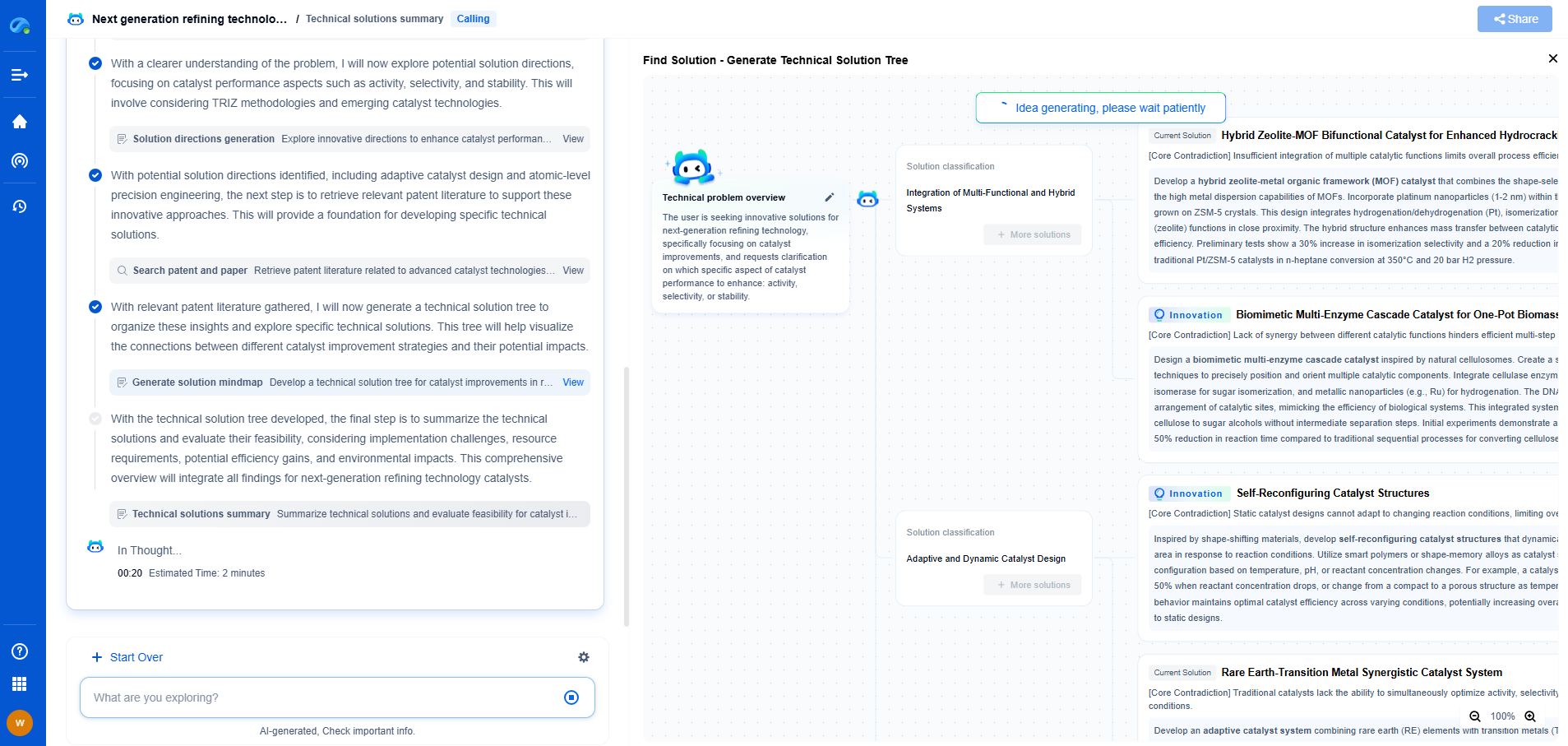In the ever-evolving world of connectivity, two technologies have emerged as frontrunners in enterprise networks: 5G and Wi-Fi 6E. Both promise significant advancements in speed, capacity, and efficiency, but which one is better suited for enterprise environments? Let's dive into their features, benefits, and practical applications to understand which technology takes the lead.
Understanding 5G
5G, the fifth generation of mobile network technology, is designed to provide faster data speeds and more reliable connections on smartphones and other devices. It operates on a broader range of frequencies, including low-band, mid-band, and high-band (millimeter wave) spectrums. This flexibility allows 5G to deliver gigabit-per-second speeds and extremely low latency, making it ideal for applications that require real-time data processing.
Beyond speed, 5G offers network slicing, which enables the creation of multiple virtual networks within a single physical 5G network. This feature provides enterprises with customizable and scalable network solutions tailored to specific needs, such as high security for sensitive data or high bandwidth for video conferencing.
Exploring Wi-Fi 6E
Wi-Fi 6E, an extension of the Wi-Fi 6 standard, introduces additional spectrum in the 6 GHz band. This expansion significantly reduces interference with existing Wi-Fi devices operating on the 2.4 and 5 GHz bands. Wi-Fi 6E delivers faster speeds, lower latency, and higher device capacity, making it suitable for dense environments like office buildings and conference centers.
A key advantage of Wi-Fi 6E is its simplicity of deployment. Enterprises can integrate Wi-Fi 6E within their existing infrastructure without the need for new licenses or spectrum allocations. This ease of implementation, combined with its enhanced capabilities, makes Wi-Fi 6E an attractive option for businesses looking to upgrade their internal networks.
Performance Comparison
When comparing 5G and Wi-Fi 6E, speed and latency are critical factors. 5G offers impressive peak speeds and ultra-low latency, often outperforming Wi-Fi 6E in scenarios where mobility and wide-area coverage are crucial. This makes 5G a strong choice for outdoor events, smart city applications, and remote site connectivity.
On the other hand, Wi-Fi 6E excels in indoor settings where high device density is a factor. Its ability to handle numerous simultaneous connections without significant interference provides a seamless experience in office environments, conference rooms, and public venues. Additionally, Wi-Fi 6E's lower latency and improved efficiency can meet the demands of bandwidth-intensive applications like video streaming and virtual reality.
Scalability and Cost
Scalability is another important consideration for enterprises. 5G networks require significant infrastructure investments, including base stations and fiber backhaul, which could lead to higher initial costs. However, its scalability and ability to support a vast number of devices with varied requirements can offer long-term benefits for businesses planning large-scale IoT deployments or extensive remote operations.
Wi-Fi 6E, with its cost-effective integration into existing systems, presents a more budget-friendly option for enterprises that need to enhance their current networks. Its scalability is suitable for businesses that require robust connectivity within confined areas and are not yet ready to invest in broad 5G infrastructure.
Security Implications
Security is paramount in enterprise networks, and both 5G and Wi-Fi 6E offer advanced security features. 5G integrates enhanced encryption protocols and supports network slicing, allowing for secure, isolated connections tailored to specific business needs. This is particularly beneficial for sectors handling sensitive data, such as finance and healthcare.
Wi-Fi 6E also introduces improved security measures, including WPA3 encryption, which offers stronger protection against unauthorized access. Its familiarity and ease of management within existing Wi-Fi ecosystems make it a secure choice for enterprises focused on internal network safety.
Conclusion
Ultimately, the choice between 5G and Wi-Fi 6E for enterprise networks depends on specific business needs and environments. 5G shines in scenarios requiring wide-area coverage, mobility, and advanced IoT solutions, while Wi-Fi 6E is ideal for dense, indoor settings with high device connectivity.
Businesses may find that a hybrid approach, leveraging both technologies, offers the best of both worlds. By strategically deploying 5G and Wi-Fi 6E where they excel, enterprises can create a comprehensive network solution that enhances operational efficiency, supports innovation, and secures their data.
5G vs Wi-Fi 6E: Which One Wins in Enterprise Networks?
JUN 27, 2025 |
Unlock Next-Gen Innovation in Communication Technology with Patsnap Eureka
The field of communication technology is evolving at breakneck speed—from 5G and satellite systems to next-gen wireless protocols and quantum communications. Staying ahead demands more than just information—it requires strategic insights, real-time patent intelligence, and a deep understanding of technological trajectories.
Patsnap Eureka, our intelligent AI assistant built for R&D professionals in high-tech sectors, empowers you with real-time expert-level analysis, technology roadmap exploration, and strategic mapping of core patents—all within a seamless, user-friendly interface. Whether you're optimizing signal processing designs, navigating 3GPP standards, or exploring IP strategies for IoT and 6G networks, Eureka helps you move faster, think deeper, and innovate smarter.
Try Patsnap Eureka today—and see how it can transform the way you work across the entire communication technology innovation lifecycle.
- R&D
- Intellectual Property
- Life Sciences
- Materials
- Tech Scout
- Unparalleled Data Quality
- Higher Quality Content
- 60% Fewer Hallucinations
Browse by: Latest US Patents, China's latest patents, Technical Efficacy Thesaurus, Application Domain, Technology Topic, Popular Technical Reports.
© 2025 PatSnap. All rights reserved.Legal|Privacy policy|Modern Slavery Act Transparency Statement|Sitemap|About US| Contact US: help@patsnap.com

